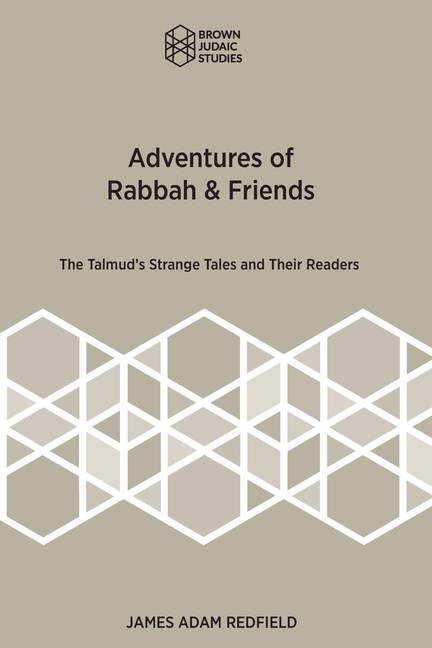Description
James Adam Redfield offers a new reader-centered approach to some of the Talmud's most challenging stories and how these tales have interacted with diverse interpretive frameworks from ancient myth to modern mysticism. By reevaluating conventional assumptions about coherence, authority, and tradition, the book redefines how stories can function in the Talmud, reorients the study of rabbinic literature around practices of reading and reception, and opens pathways for connecting the Talmud with broader conversations in the study of literature. Rich appendixes revealing the stories' reception in late ancient exegesis, medieval responsa, and early modern commentaries make this volume a valuable specialist resource, while its lively prose is accessible for a wider audience of students and humanities scholars.
Product Details
- May 30, 2025 Pub Date:
- 1967013039 ISBN-10:
- 9781967013036 ISBN-13:
- English Language




